Entertainment
How to draw abs easily: Mastering the art
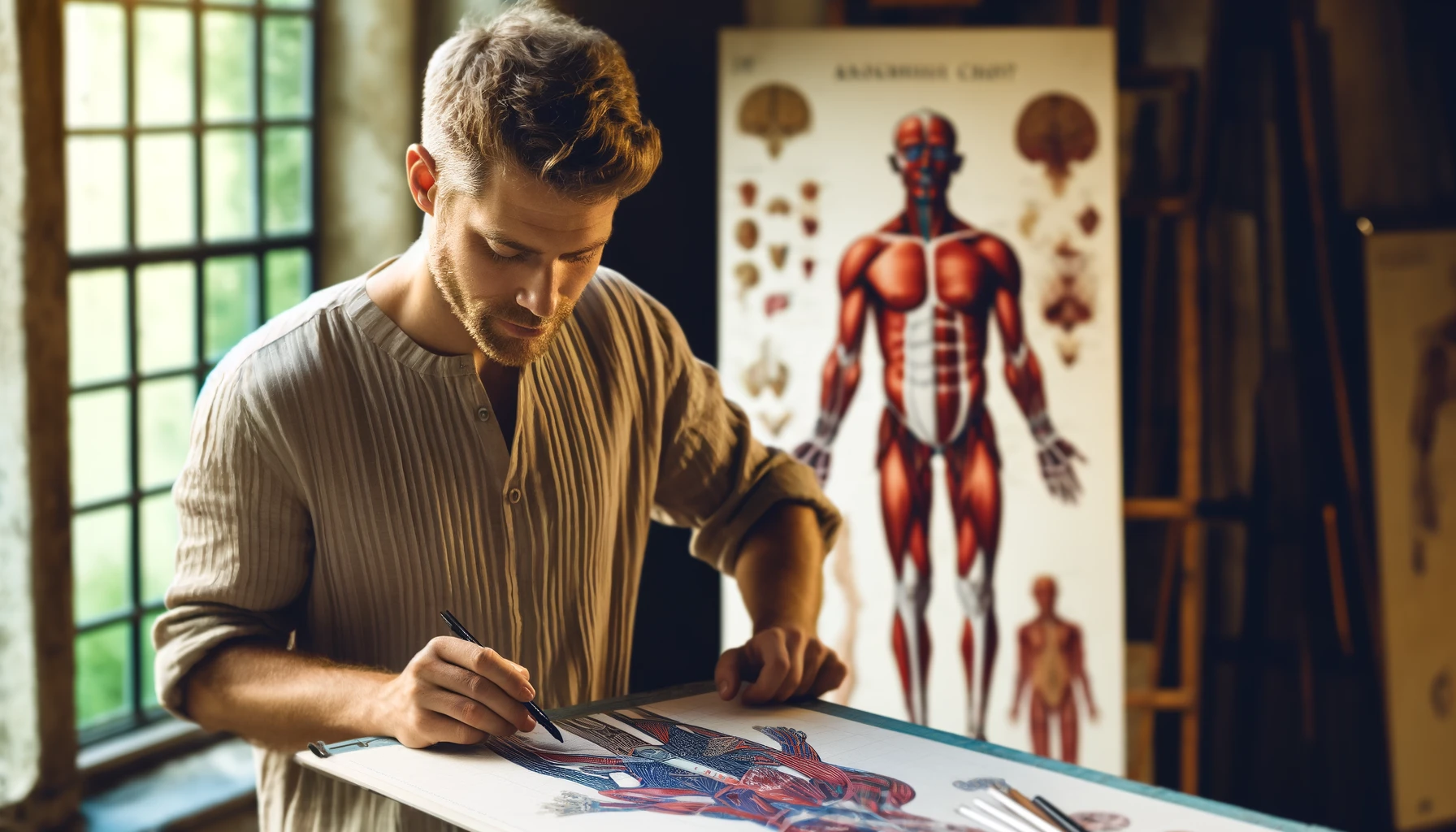
Drawing realistic abs on a figure is a skill that can enhance the realism and dynamic appearance of your artwork. Whether you’re sketching a superhero, a character in action, or a portrait with a focus on physical fitness, knowing how to draw abs accurately is crucial.
This detailed guide explores the steps and techniques involved in how to draw abs, ensuring artists of all levels can achieve convincing results in their figure drawings. Also, here are some similar articles that you might find useful:
- How to draw books in 10 easy steps
- How to draw a sunflower
- How to draw a strawberry
- How to draw a tornado easily
- How to draw a waveform
- How to draw a mirror
Introduction to drawing abs
Abs, or abdominal muscles, are a key feature in many forms of figure drawing, especially in genres that emphasize physical form such as comic books, action sequences, and fitness illustrations.
Drawing abs requires an understanding of human anatomy and the ability to represent the interplay of muscles and skin in a realistic manner. This guide will provide a comprehensive breakdown of the process, offering tips to enhance your drawing skills.
Understanding abdominal anatomy
Before beginning to draw, it’s essential to have a basic understanding of the anatomy of the abdominal region. The human abdomen is primarily made up of the rectus abdominis, the external obliques, and the intercostal muscles.
- Rectus abdominis: These are the main “six-pack” muscles, which extend from the ribs to the pelvis.
- External obliques: Located on the side and front of the abdomen, these muscles assist in rotating and bending the body.
- Intercostal muscles: Situated between the ribs, helping in the breathing process and also contributing to the abdominal structure.
Step-by-step guide on how to draw abs
Here is a step-by-step guide on how too draw abs:
Step 1: Sketch the basic outline
Start with a basic outline of the torso. Depending on the pose, you might view the torso from different angles. Establish the chest and pelvic areas, as they provide the framework within which the abs are situated.
Step 2: Define the center line and ribcage
Draw a vertical line down the center of the torso; this helps in symmetrically aligning the abs. Outline the ribcage lightly as it affects how the upper abs will be shaped.
Step 3: Draw the rectus abdominis
Begin by marking where the top of the rectus abdominis starts (usually right under the ribcage) and where it ends (near the pelvis). Divide this area into sections to represent each ab muscle. Typically, you will draw six to eight sections (three or four on each side of the center line).
Step 4: Add the external obliques
On the sides of the rectus abdominis, draw the external obliques. These should appear slightly curved to reflect the natural shape of the torso as it moves towards the hips.
Step 5: Detailing and shading
Add definition to each ab section by shading. The way light falls on the abs will determine how you apply shading; muscles that protrude more are typically lighter, whereas the recessed areas between the muscles are darker. This contrast is what gives the abs a three-dimensional appearance.
Step 6: Refine and adjust
Review your drawing and make adjustments as needed. Look at the overall proportion and relation of the abs to other parts of the body. Ensure that the muscles appear natural and not overly defined unless the style of your drawing calls for it.
Tips for drawing realistic abs
- Study reference images: Looking at photos of real people can help you understand how abs vary depending on body type and physical condition.
- Practice different poses: Abs look different when a body is twisted, bent, or in motion. Practice drawing abs in various poses to gain a versatile skill set.
- Understand light and shadow: Good shading can make or break your drawing of abs. Pay attention to how natural light creates shadows on the abdominal muscles.
Conclusion
Learning how to draw abs is an invaluable skill that adds depth and realism to figure drawing. With practice and a good understanding of human anatomy, artists can master the art of drawing abs, enhancing the expressiveness and realism of their human figures.
Remember, the key to great art is not just technical skill but also the continual practice and exploration of new techniques and styles.
-
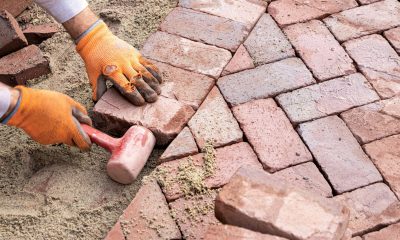
 Lifestyle4 weeks ago
Lifestyle4 weeks agoHow to lay pavers: A step-by-step guide
-
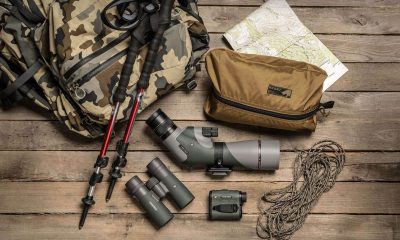
 Sports1 month ago
Sports1 month agoHunting gear list: Essential equipment for a successful hunt
-
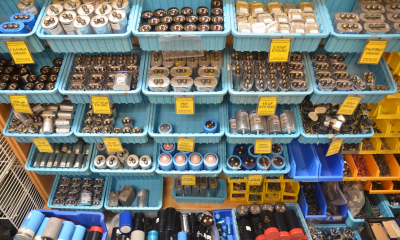
 Tech4 weeks ago
Tech4 weeks agoWhere to buy electronic parts: A comprehensive guide
-

 Business4 weeks ago
Business4 weeks agoWarehouse safety tips: Ensuring a safe working environment
-
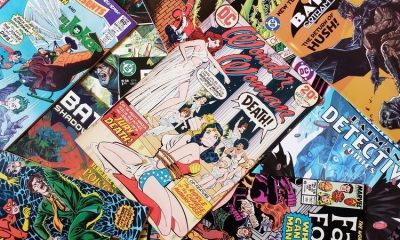
 Entertainment4 weeks ago
Entertainment4 weeks agoBest comic books
-
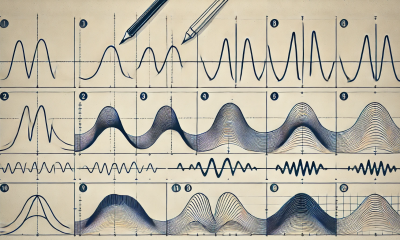
 Entertainment2 weeks ago
Entertainment2 weeks agoHow to draw a waveform: A step-by-step guide
-

 Tech2 weeks ago
Tech2 weeks agoChromecast turning off: Causes and solutions
-

 Lifestyle3 weeks ago
Lifestyle3 weeks agoExterior home design: Transforming your home’s curb appeal
